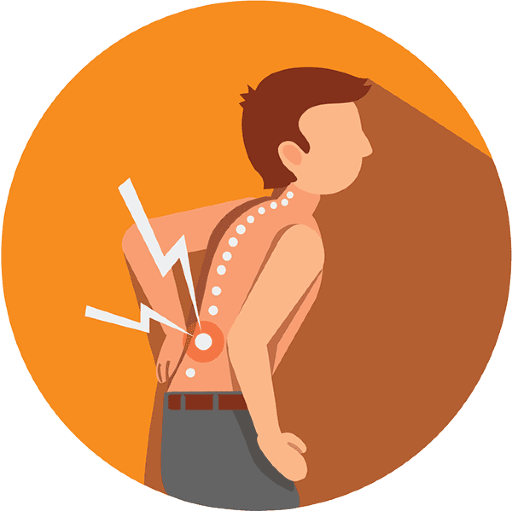Treatments Musculoskeletal Conditions Sciatica

Understanding Sciatica: Causes, Symptoms, and Treatment Options
The hallmark symptom of sciatica is pain that radiates along the pathway of the sciatic nerve. The intensity and location of the pain can vary, but it often starts in the lower back and travels down the buttocks, back of the thigh, and into the calf or foot. The pain is typically described as a sharp, shooting, or burning sensation and can be accompanied by numbness, tingling, or weakness in the affected leg.
Sciatica is a condition that affects many individuals worldwide, causing pain and discomfort. It occurs when the sciatic nerve, the longest nerve in the body, becomes compressed or irritated. This compression can result in radiating pain that travels from the lower back down through the buttocks and into the legs. In this article, we will delve into the causes, symptoms, and treatment options for sciatica, offering valuable insights into this common yet often misunderstood condition.
Causes of Sciatica:
Sciatica usually develops as a result of an underlying condition rather than being a standalone ailment. The most common cause is a herniated disc, where the gel-like substance within a spinal disc protrudes and presses against the sciatic nerve. Other causes include spinal stenosis (narrowing of the spinal canal), degenerative disc disease, spondylolisthesis (slippage of one vertebra over another), muscle spasms, and even pregnancy, which can exert pressure on the sciatic nerve.
Symptoms of Sciatica:
The hallmark symptom of sciatica is pain that radiates along the pathway of the sciatic nerve. The intensity and location of the pain can vary, but it often starts in the lower back and travels down the buttocks, back of the thigh, and into the calf or foot. The pain is typically described as a sharp, shooting, or burning sensation and can be accompanied by numbness, tingling, or weakness in the affected leg. Coughing, sneezing, or prolonged sitting or standing may exacerbate the symptoms.
Treatment Options:
Managing Sciatica with Homeopathy
One of the fundamental principles of homeopathy is individualization. Each person with Sciatica is unique, and homeopathic treatment focuses on understanding the individual’s specific symptoms, lifestyle, emotional state, and overall well-being. At Dr. Singh’s Homeopathy we conduct a detailed consultation to gather this information and prescribe a personalized treatment plan. Homeopathy can complement conventional management strategies for Sciatica. Here are a few ways in which homeopathic treatment can be beneficial:
Prevention and Lifestyle Changes:
While it may not always be possible to prevent sciatica, certain lifestyle modifications can help reduce the risk or recurrence of symptoms. These include maintaining a healthy weight, practicing good posture, using proper lifting techniques, engaging in regular exercise to strengthen the back and core muscles, and avoiding prolonged sitting or standing.
Conclusion:
Sciatica can be a debilitating condition that significantly impacts an individual’s quality of life. Understanding the causes, symptoms, and treatment options can help individuals make informed decisions about managing their condition. It is important to consult Dr. Singh’s Homeopathy for personalized guidance and to integrate homeopathic treatment into a comprehensive care plan that may include lifestyle modifications and conventional medical interventions. With its gentle yet effective approach, homeopathy can support individuals with Sciatica on their journey toward improved well-being and quality of life.

